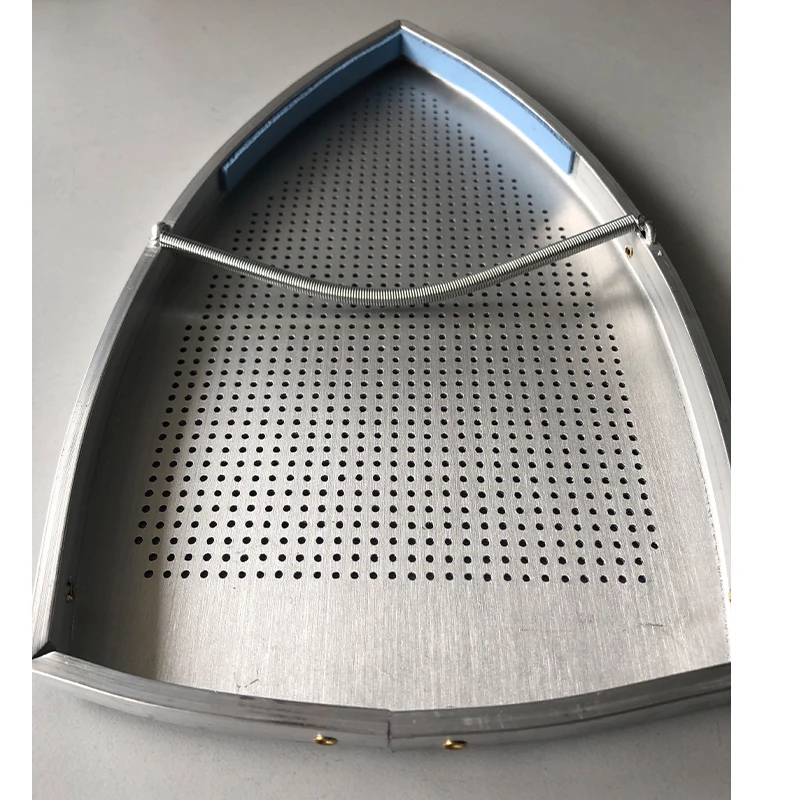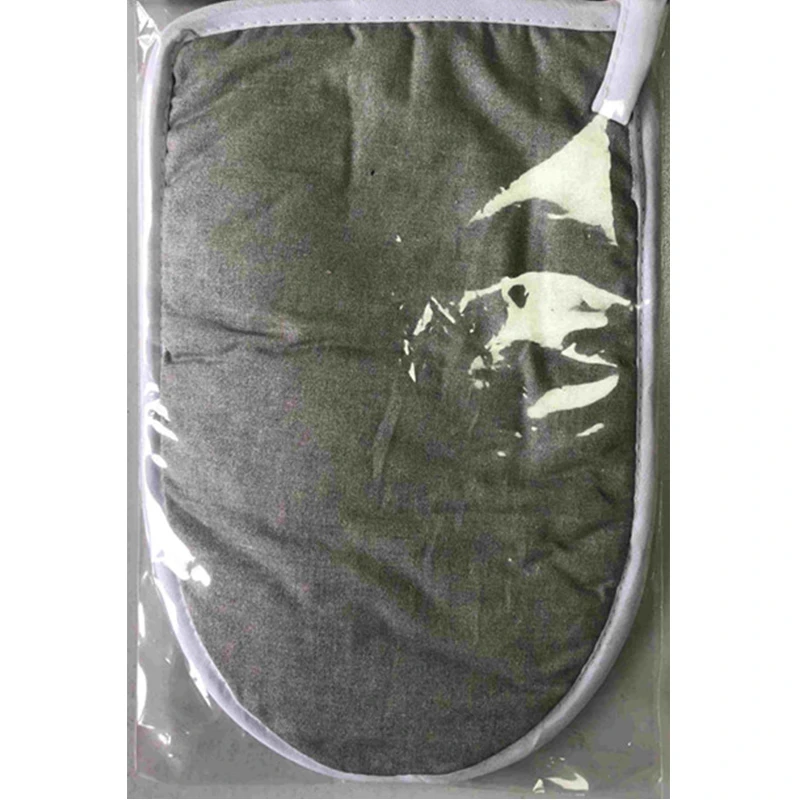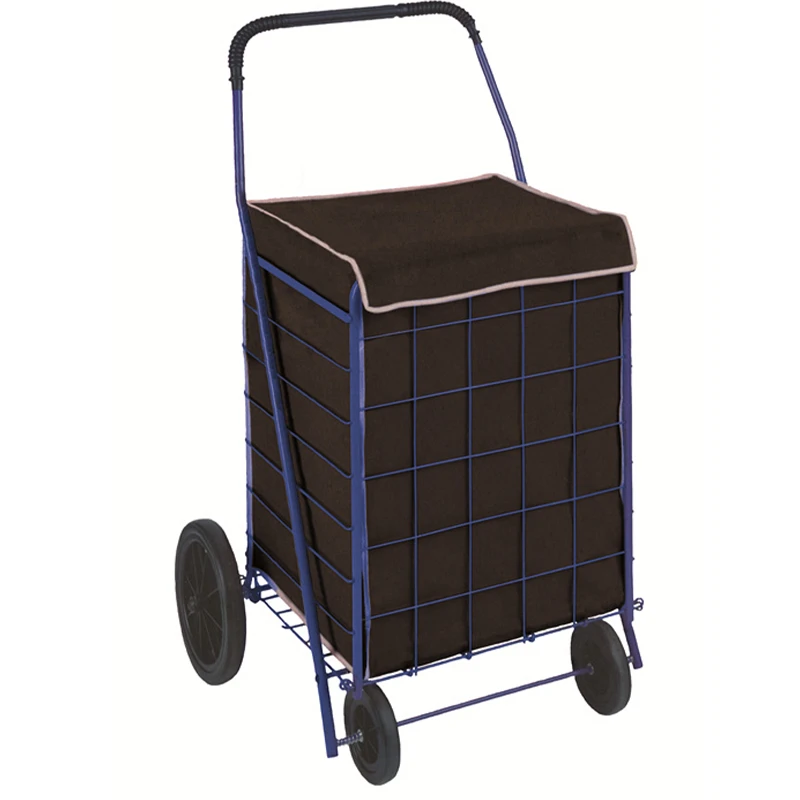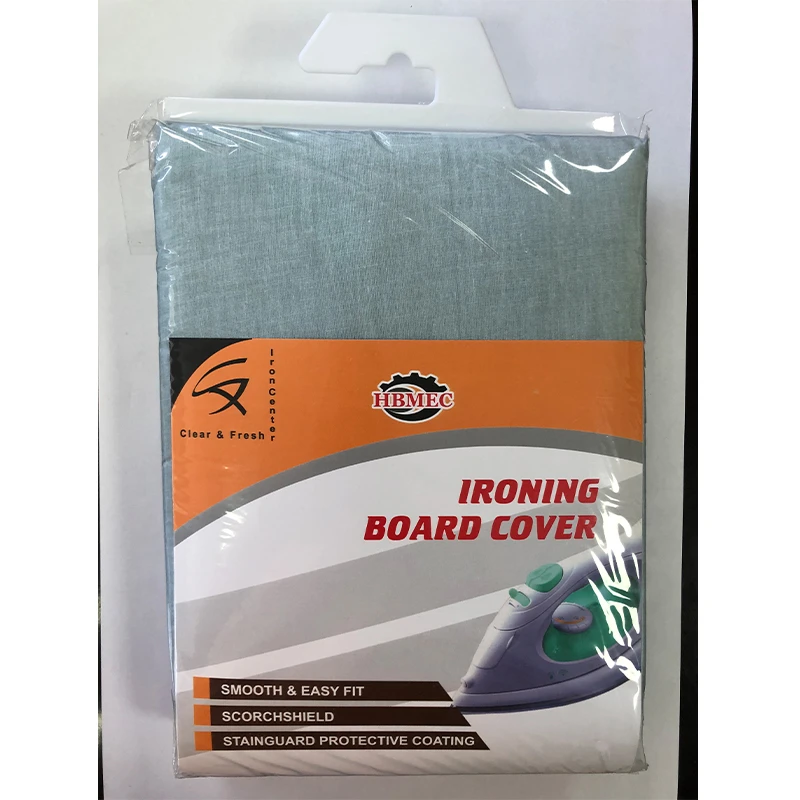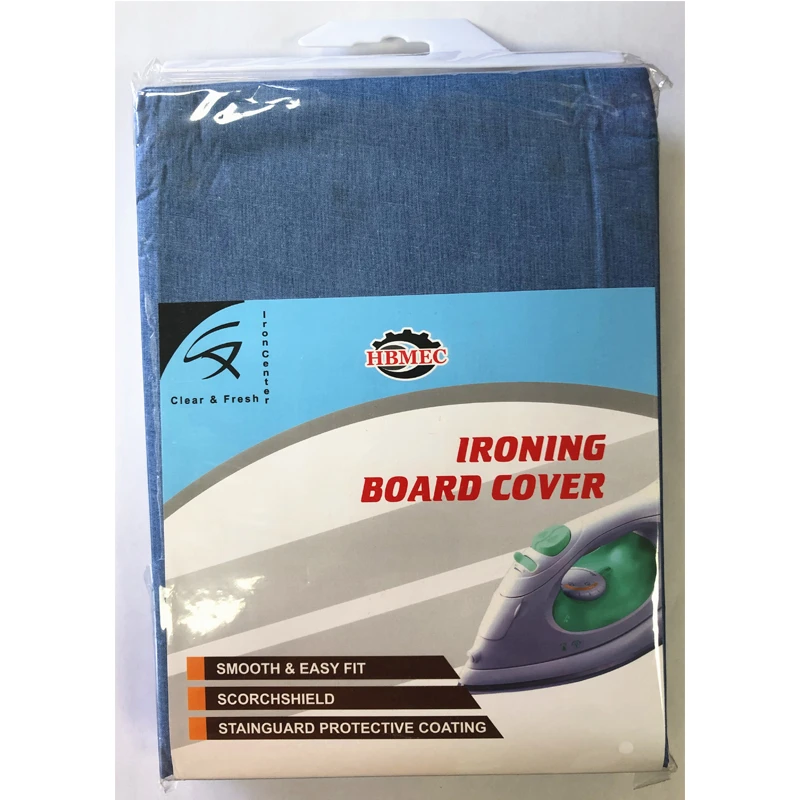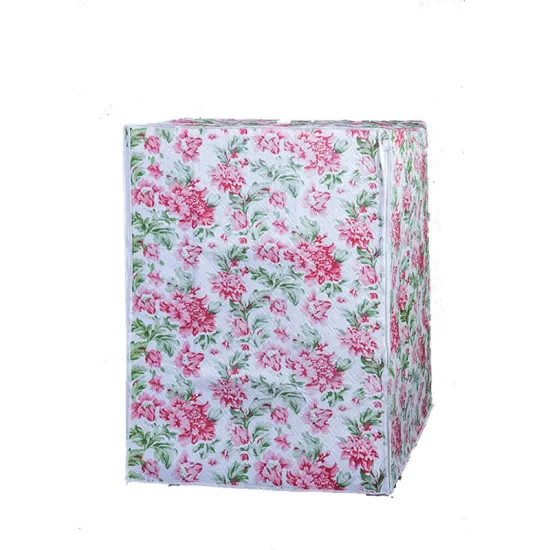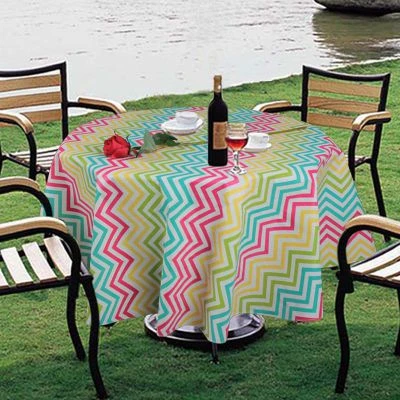Professional Heat Glove for Hair Styling Essentials
The craft of hairstyling involves constant exposure to high-temperature tools, creating significant burn risks for hands. Effective heat glove for hair styling is not optional but a fundamental requirement for professionals and enthusiasts. Specialized protection, including the versatile iron glove, the moisture-blocking steamer glove, and the dexterity focused heat resistant gloves for curling wand, provides a vital barrier against scalding surfaces. Understanding their distinct roles, proper selection, and diligent maintenance is paramount for preventing injury and ensuring safe, confident styling practices.
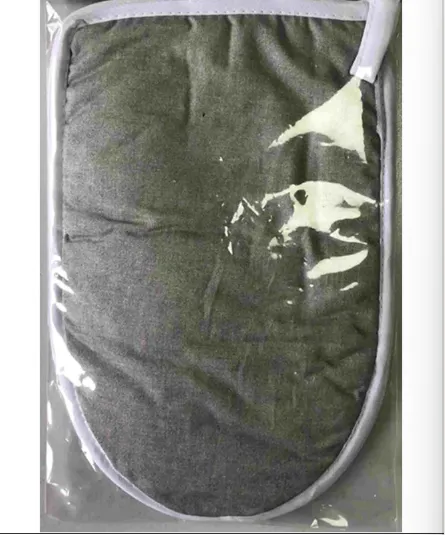
Material Science Underpinning Effective Heat Glove for Hair Styling
Direct contact with hairstyling tools operating at intense heat levels causes instantaneous severe burns. Standard gloves offer negligible defense against such concentrated heat, necessitating purpose-built heat glove for hair styling. These utilize advanced thermally resistant materials. Silicone provides excellent heat resistance, flexibility, and non-slip grip, making it ideal for direct barrel contact in heat resistant gloves for curling wand. Aramid fibers deliver exceptional thermal stability and durability, forming robust layers in many iron glove designs. Neoprene effectively resists steam penetration and offers good insulation, crucial for steamer glove functionality. Heat-resistant cotton blends, often treated, provide basic protection. The efficacy of any heat glove for hair styling depends on its insulation capability, radiant heat reflection, and resistance to direct conduction. Protection levels vary by material composition, thickness, and construction quality. Using inadequate substitutes like standard oven mitts is ineffective and hazardous. Investing in certified safety gear, such as a dedicated iron glove designed for sustained heat exposure, is essential for personal safety and professional longevity.
Critical Barrier Properties of the Specialized Steamer Glove
Steamers, vital for setting curls or deep conditioning, present a unique hazard: high-pressure, superheated steam. This vapor penetrates porous materials easily, causing severe scalding burns far worse than dry heat. While a standard iron glove might resist the steamer body's heat, it fails against steam jets. This demands the specialized steamer glove. A true steamer glove features an impermeable barrier constructed from materials like neoprene or coated fabrics, creating a waterproof and vapor-proof seal preventing steam from reaching the skin. It provides enhanced thermal insulation against steam and radiating heat from the nozzle and often includes an extended gauntlet-style cuff protecting the wrist and forearm. A secure, non-slip grip ensures safe handling even when damp. Using anything less than a dedicated steamer glove with professional steamers is an unacceptable risk. The penetrating nature of steam requires specialized protection. Ensuring a proper fit and checking for any holes or tears before each use is critical.
Ergonomic Design and Protection in Heat Resistant Gloves for Curling Wand
Curling wands, featuring exposed, extremely hot barrels, pose significant pinching and direct contact burn hazards. Maneuvering hair close to the barrel demands precision and confidence, provided by well-designed heat resistant gloves for curling wand. These gloves prioritize precise dexterity; thinner materials, especially silicone coatings on fingertips and palms, allow fine motor control to wrap hair tightly without sacrificing safety – bulkier iron glove designs often hinder this. Silicone excels at withstanding direct, prolonged contact with hot metal surfaces without degrading or instantly transferring excessive heat. A strong non-slip grip is essential for controlling both hair and the wand, particularly with styling products; the tacky silicone surface of heat resistant gloves for curling wand provides this security. Some designs incorporate small silicone pads or extensions on fingers to shield them during wrapping near the clamp or tip. While an iron glove offers high heat resistance, it typically lacks the fingertip sensitivity for intricate curling. A steamer glove, while excellent against moisture, is often too thick and lacks the optimized direct-contact resistance for wand barrels. Heat resistant gloves for curling wand fill this specific niche, balancing critical protection with the agility needed for flawless, safe styling, acting as the primary defense against common wand burns.
Operational Protocols for Heat Glove for Hair Styling Selection and Care
Choosing the correct heat glove for hair styling requires evaluating specific tools and tasks. Identify primary tool use: daily flat iron work benefits from a dexterous iron glove or specific heat resistant gloves for curling wand if frequent barrel contact occurs; daily steamer operation necessitates a dedicated steamer glove; frequent curling wand use demands gloves explicitly designed as heat resistant gloves for curling wand. Assess dexterity needs: intricate tasks like detailed curling or braiding near heat require thinner, flexible gloves like silicone-palmed options, while handling larger tools might allow slightly bulkier protection. Ensure a snug fit without restricting movement; excess material can snag. Seek safety certifications indicating compliance with relevant standards for heat resistance. Understand material pros and cons: silicone offers excellent grip and direct contact heat resistance, aramid provides high heat tolerance and durability, neoprene creates an effective steam barrier, and blends offer combinations. Maintenance is crucial for sustained safety. Clean gloves regularly per manufacturer instructions; most silicone and neoprene steamer glove types can be wiped with a damp cloth and mild soap, avoiding harsh chemicals, and must air dry completely inside out. Inspect gloves meticulously before every use for signs of wear like thinning spots, holes, tears, loss of non-slip coating, or stiffening and cracking. Damaged gloves compromise protection and must be replaced immediately. Store gloves in a clean, dry place away from direct sunlight or extreme temperatures, avoiding folding or crushing. Replace gloves promptly at the first sign of significant wear, damage, or according to the manufacturer's recommended lifespan; never attempt to repair damaged heat glove for hair styling.
Safe hairstyling requires specialized hand protection. Key categories include the heat glove for hair styling for broad thermal defense and the essential steamer glove providing a critical barrier against penetrating steam. Selecting the correct type based on the primary tool, ensuring proper fit, adhering to strict maintenance, and replacing worn gloves are vital practices for injury prevention.
Iron Glove FAQS
What distinguishes an iron glove from a steamer glove?
An iron glove protects against dry, conductive heat from surfaces like flat iron plates. A steamer glove is specifically engineered with impermeable materials like neoprene to block high-pressure, penetrating steam, a unique scalding hazard that dry-heat gloves like a standard iron glove cannot reliably prevent.
Are heat resistant gloves for curling wand suitable for flat irons?
Yes, heat resistant gloves for curling wand can generally be used effectively with flat irons. Their silicone construction offers strong resistance to direct contact heat and provides a secure non-slip grip, features also beneficial for an iron glove. Ensure coverage aligns with hand exposure during your flat ironing techniques.
Why can't I use a regular oven mitt as a steamer glove?
Regular oven mitts are designed for dry heat and are typically porous. They lack the essential vapor-proof barrier required for a steamer glove. Steam penetrates oven mitt fabric or insulation rapidly, causing immediate and severe scalding burns, rendering them unsafe and ineffective for steam tool protection.
When should I replace my heat glove for hair styling?
Replace your heat glove for hair styling immediately upon noticing holes, tears, thinning spots, significant loss of the non-slip coating, stiffening, or cracking. Follow the manufacturer's recommended lifespan, as materials degrade over time and heat exposure, even without visible damage. Inspect meticulously before every use.
Can I machine wash heat resistant gloves for curling wand?
Cleaning methods vary. Many heat resistant gloves for curling wand with silicone palms are surface-clean only using a damp cloth and mild soap. Some may be hand-washable. Machine washing or machine drying is generally unsafe unless explicitly stated by the manufacturer, as this destroys material integrity, heat resistance, and grip. Always air dry thoroughly. Check the care label on your specific heat glove for hair styling.
Integrating the appropriate heat glove for hair styling into every thermal session is fundamental. Recognizing the distinct purposes of specialized protection empowers stylists to choose optimal solutions. This informed selection, combined with rigorous inspection, proper cleaning, and timely replacement, elevates these gloves to vital guardians of hand health. Prioritizing specialized hand protection is an indispensable investment, ensuring the creation of beautiful hairstyles never compromises personal safety. Consistent use of the right heat glove for hair styling defines a truly professional approach.
-
Shopping Cart Liners A Professional GuideNewsJul.31,2025
-
Key Aspects of Ironing Board CoversNewsJul.31,2025
-
Innovations in Iron Shoes for Enhanced Fabric CareNewsJul.31,2025
-
Elevating Laundry Rooms with Washing Machine Hider SolutionsNewsJul.31,2025
-
Choosing the Right Cover for Dining TableNewsJul.31,2025
-
The Future of Footwear: Self-Cleaning Teflon Iron ShoesNewsJul.04,2025
-
Stylish Shopping Trolley Liners: Fashion Meets FunctionNewsJul.04,2025


